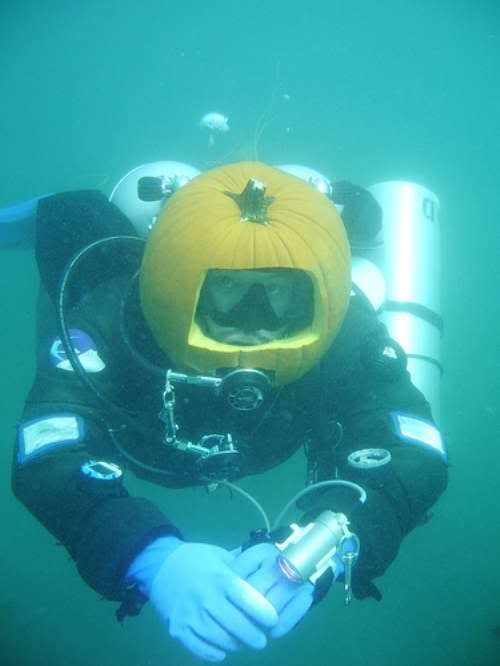Dear Viewers and Fellow Photographers,
Monument photography is the type of photography that catches people out, a lot of the time. It usually turns out something like this: your on holiday, e.g. London, and you get your camera out to take a photo of the grand St Paul's Cathedral, and you imagine it will turn out something like this:
Monument photography is the type of photography that catches people out, a lot of the time. It usually turns out something like this: your on holiday, e.g. London, and you get your camera out to take a photo of the grand St Paul's Cathedral, and you imagine it will turn out something like this:
http://www.britainfromabove.org.uk/image/epw005903
St Paul's Cathedral
This photo is exemplar. Grand, centre of attention, nothing blocking it's view, and topping it up, a dramatic blue sky. However, when you put your camera down to observe your photo, its a bit like this:
http://www.geocaching.com/mark/details.aspx?PID=PP2507
BAD St Paul's Cathedral
Undramatic. Not all of the cathedral visible. Almost as if it is a miniature model of the real thing. Its the kind of photo taken from a hotel window or through a tour bus. The sky is dull, and there is dust in front of the building itself giving the photo it's unclean effect.
Monument photography is one where you cannot take good photos without correct conditions. In this case, the photographer claims a windy and rainy overcast whilst taking the photo, and looking at the width of the photo, it was highly zoomed as well.
All you have to do is take a wide lens along with you, and if you want to get abstract textures, a zoom lens as well. The wide lens, as you may already realise its reason, is simply for the wide grand feelings of the monuments in the picture. The zoom lens is more for times when you can't get into the monument area or when trees are obstructing your view, or even zooming into areas of decoration, such as the top spike or the dome (in this case) of buildings.
Be sure to share and subscribe!
Yours Truly,
Snapography.












(c:0).jpg)



